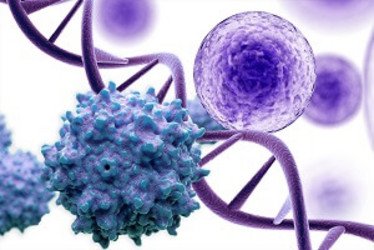Lowering Chromatography Costs
An old technique – resurrected and repurposed for modern bioprocessing


Though useful in the treatment of various chronic illnesses, the price of many monoclonal antibodies negatively impacts their accessibility. “Every year, individuals and insurance companies spend upwards of US$100 billion on antibodies, with costs to treat a single patient often exceeding $50,000,” said Andrew Zydney, Bayard D. Kunkle Chair, and professor of chemical engineering at Penn State, in a statement (1) . The reason? Affinity chromatography, the process used to separate a desired antibody from a solution, relies on chromatography columns that can cost up to $10 million each.
Aiming to lower the cost of these much-needed medicines, Zydney and his colleagues applied a 70-year-old protein purification method used for plasma processing to the development of antibody drugs (1). The team added zinc chloride and polyethylene glycol to separate a target antibody in solution – a cheaper, time-effective alternative to conventional practices. This progress has left the team hoping that the process can be scaled up to help patients access these medicines at affordable prices.
Leverage Proven Technology to Speed Path to FIH

GPEx® Lightning is a fast, flexible way to shorten the path to production of phase 1 material. During this talk, we share the latest data leveraging GPEx® Lightning to generate highly stable, highly productive cell pools.
- AL Zydney et al, Biotechnology Progress (2020). Available at: https://doi.org/10.1002/btpr.3082.
After finishing my degree, I envisioned a career in science communications. However, life took an unexpected turn and I ended up teaching abroad. Though the experience was amazing and I learned a great deal from it, I jumped at the opportunity to work for Texere. I'm excited to see where this new journey takes me!



















